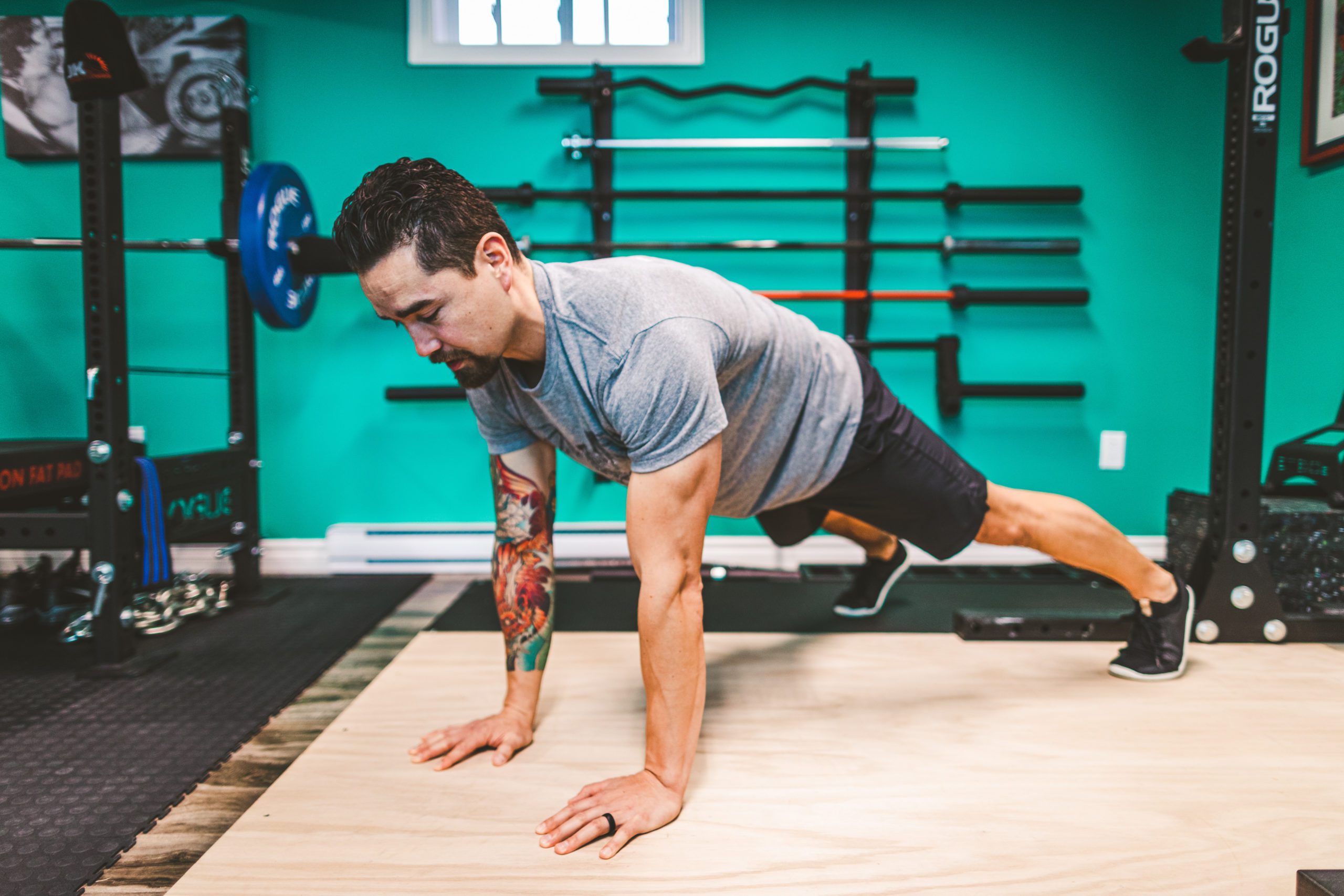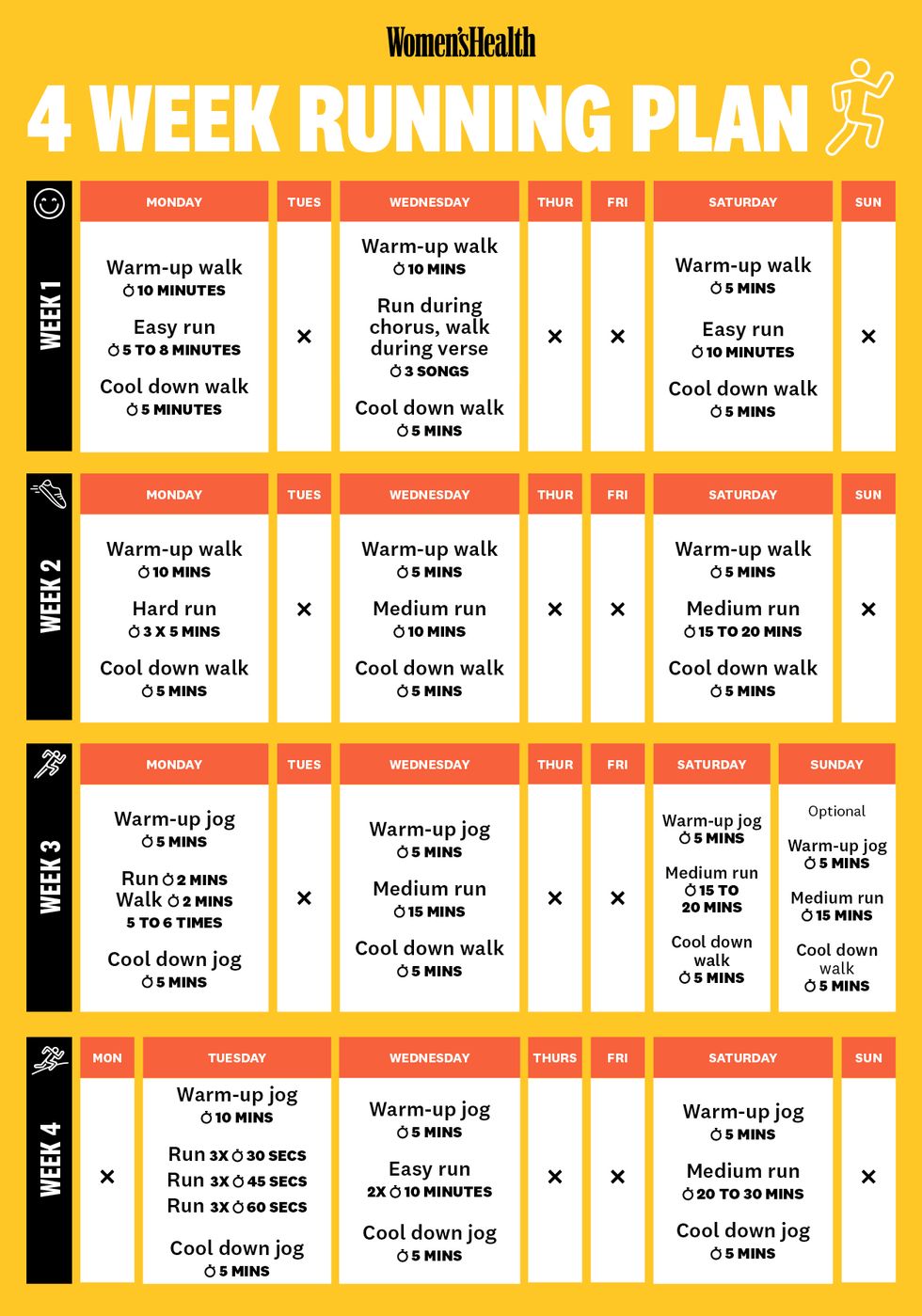What is Running-Specific Strength Training?
Running-specific strength training is a targeted approach to enhancing a runner’s performance, endurance, and resilience by focusing on exercises that mimic and support the biomechanics of running. This method aims to improve running economy, increase power, and reduce the risk of injuries by addressing the unique demands placed on the body during running.
The Science Behind Running-Specific Strength Training
Strength training plays a crucial role in the overall development of a runner’s performance and fitness. By incorporating running-specific strength exercises into your training regimen, you can reap several physiological benefits that contribute to improved running economy, increased power, and reduced injury risk.
Running economy refers to the amount of energy required to maintain a certain pace. A more efficient runner uses less energy to cover the same distance, which can lead to better performance and endurance. Studies have shown that runners who engage in regular strength training can improve their running economy by 2-8%, allowing them to run faster and longer with less effort.
Strength training also enhances power output, which is the ability to generate force quickly. Increased power allows runners to accelerate more efficiently and maintain speed during hill climbs or when fatigue sets in. By focusing on explosive movements and plyometrics, runners can develop the power necessary to improve their performance in races and training.
Moreover, running-specific strength training can help reduce the risk of injuries by addressing muscle imbalances, weaknesses, and mobility restrictions. By strengthening the muscles, tendons, and ligaments surrounding the joints, runners can improve their stability and shock absorption capabilities, ultimately reducing the likelihood of injuries and overuse issues.
Key Components of a Running-Specific Strength Training Program
A well-rounded running-specific strength training program should address the various components that contribute to a runner’s overall performance and fitness. By incorporating lower body, core, and balance exercises, runners can create a comprehensive routine that targets their unique needs and goals.
Lower Body Exercises
Lower body exercises form the foundation of a running-specific strength training program. These exercises focus on strengthening the muscles in the legs, hips, and glutes, which are crucial for generating power, stability, and endurance during running.
Some effective lower body exercises for runners include squats, lunges, deadlifts, step-ups, and calf raises. These exercises can be performed with bodyweight, dumbbells, barbells, or resistance bands, depending on your fitness level and available equipment.
Core Exercises
A strong core is essential for maintaining good running form and preventing injuries. Core exercises help stabilize the pelvis and spine, allowing for efficient transfer of power from the lower body to the upper body during running. Examples of core exercises for runners include planks, side planks, Russian twists, bicycle crunches, and leg raises.
Balance Exercises
Balance exercises can help improve stability, proprioception, and neuromuscular control, all of which are important for runners. By incorporating balance exercises into your strength training routine, you can reduce the risk of falls and injuries, as well as enhance your running efficiency.
Some balance exercises for runners include single-leg deadlifts, single-leg squats, pistol squats, and balance board exercises. These exercises can be performed on a stable surface or an unstable surface, such as a balance board or a pillow, to increase the challenge and engage more muscle groups.
Designing Your Personalized Running-Specific Strength Training Routine
Creating a personalized running-specific strength training routine can significantly enhance your running performance, reduce the risk of injuries, and promote overall running fitness. To design an effective routine, follow these steps:
Step 1: Assess Your Fitness Level
Before starting your strength training routine, evaluate your current fitness level. Determine your running pace, endurance, strength, and flexibility. This assessment will help you identify your strengths and weaknesses, allowing you to tailor your routine to your specific needs.
Step 2: Define Your Running Goals
Identify your running goals, such as improving your running economy, increasing your power, or reducing your injury risk. Your strength training routine should complement your running goals and help you achieve them more effectively.
Step 3: Choose the Right Exercises
Select exercises that target the key components of a running-specific strength training program, including lower body, core, and balance exercises. Make sure to choose exercises that are appropriate for your fitness level and equipment availability.
Step 4: Determine the Frequency, Intensity, and Volume
Decide on the frequency, intensity, and volume of your strength training sessions. Aim to perform strength training exercises 2-3 times per week, with a sufficient recovery period between sessions. Adjust the intensity and volume based on your fitness level, goals, and progress.
Step 5: Create a Structured Program
Organize your exercises into a structured program that progresses over time. Start with basic exercises and gradually increase the complexity, intensity, and volume as you become stronger and more confident. Consider following a periodized training plan that varies the training phases and focuses on different aspects of strength training throughout the year.
Step 6: Monitor Your Progress
Regularly track your strength training progress and adjust your routine based on your running goals, performance, and physical condition. Keep a training log to record your exercises, sets, reps, weights, and progress. Use this information to make data-driven decisions and optimize your routine for maximum benefits.
Incorporating Strength Training into Your Existing Running Schedule
Integrating strength training sessions into your current running routine can be challenging, but with careful planning and strategic implementation, you can optimize your training schedule for maximum benefits without compromising recovery or performance.
Schedule Your Strength Training Sessions
To ensure that you have enough time and energy for both running and strength training, schedule your sessions wisely. Consider dedicating 2-3 non-consecutive days per week to strength training, preferably on days when you have lower mileage or easier runs. This approach allows you to focus on quality in both your running and strength training sessions.
Prioritize Recovery
Recovery is crucial for both running and strength training. Make sure to include rest days and active recovery sessions, such as yoga, stretching, or foam rolling, in your training schedule. Adequate recovery helps prevent injuries, promotes muscle growth and repair, and enhances overall performance.
Listen to Your Body
Pay attention to your body’s signals and adjust your training schedule accordingly. If you feel fatigued or sore, consider taking an extra rest day or reducing the intensity of your strength training sessions. Balancing running and strength training requires flexibility and adaptability, so be prepared to make adjustments as needed.
Mix Cardio and Strength Training
Combining cardio and strength training in the same session can be an efficient way to maximize your time and energy. For example, you can perform a dynamic warm-up, followed by a series of lower body strength exercises, and finish with a short, high-intensity interval run. This approach allows you to target multiple fitness components in a single session, saving you time and improving your overall fitness.
Consider Cross-Training Activities
Cross-training activities, such as swimming, cycling, or elliptical training, can provide a valuable alternative to running while still offering cardiovascular benefits. Incorporating cross-training activities into your strength training days can help you maintain your fitness level, reduce the risk of injuries, and provide a mental break from running.
Top Strength Exercises for Runners: A Comprehensive List
Incorporating the right strength exercises into your running-specific strength training routine can significantly improve your performance, prevent injuries, and promote overall running fitness. Here are some of the most effective strength exercises for runners, complete with detailed instructions and video demonstrations:
1. Bodyweight Squats
Bodyweight squats are a fundamental lower body exercise that targets the glutes, quads, and hamstrings. To perform a bodyweight squat:
- Stand with your feet hip-width apart.
- Engage your core and slowly lower your body as if sitting back into a chair.
- Keep your weight in your heels and ensure your knees do not extend past your toes.
- Press through your heels to return to the starting position.
Watch a video demonstration of bodyweight squats.
2. Lunges
Lunges target the glutes, quads, and hamstrings and improve single-leg stability. To perform a lunge:
- Stand with your feet hip-width apart.
- Step forward with one foot, keeping your knee aligned with your ankle.
- Lower your body until your front thigh is parallel with the floor and your back knee nearly touches the ground.
- Push through your front heel to return to the starting position.
- Alternate legs.
Watch a video demonstration of lunges.
3. Plank
The plank exercise strengthens the core, which is essential for maintaining good running form and preventing injuries. To perform a plank:
- Lie face down on a mat with your forearms on the ground and your elbows aligned below your shoulders.
- Engage your core and lift your body off the ground, maintaining a straight line from your head to your heels.
- Hold the position for 30-60 seconds, breathing deeply.
Watch a video demonstration of the plank.
4. Single-Leg Deadlifts
Single-leg deadlifts improve balance, stability, and lower body strength. To perform a single-leg deadlift:
- Stand on one leg, holding a dumbbell in the opposite hand.
- Slowly hinge forward at the hips, extending your free leg behind you for balance.
- Lower the dumbbell towards the ground, keeping your back straight and your core engaged.
- Press through your heel to return to the starting position.
- Repeat on the opposite side.
Watch a video demonstration of single-leg deadlifts.
5. Glute Bridges
Glute bridges target the glutes, hamstrings, and core, improving lower body strength and running power. To perform a glute bridge:
- Lie on your back with your knees bent and your feet flat on the ground.
- Engage your core and lift your hips off the ground until your body forms a straight line from your shoulders to your knees.
- Hold the position for a few seconds, then slowly lower your hips back to the ground.
Watch a video demonstration of glute bridges.
Tracking Progress and Adjusting Your Running-Specific Strength Training Program
Monitoring your strength training progress and making adjustments based on your running goals, performance, and physical condition is crucial for long-term success in running-specific strength training. By tracking your progress, you can identify areas of improvement, celebrate your achievements, and ensure that your strength training routine remains effective and engaging.
1. Set Clear Goals and Objectives
Begin by setting clear, measurable goals for your running-specific strength training program. Your goals may include improving your running economy, increasing your power, or reducing your injury risk. By establishing specific objectives, you can tailor your strength training routine to your unique needs and track your progress more effectively.
2. Document Your Workouts
Keep a detailed record of your strength training sessions, including the exercises, sets, reps, weights, and rest periods. This information will help you monitor your progress over time, identify trends, and make data-driven decisions about your strength training routine.
3. Regularly Assess Your Performance
Periodically assess your running performance and compare it to your baseline measurements. If you notice improvements in your running economy, power, or injury risk, consider maintaining your current strength training routine or gradually increasing the intensity or volume. If you do not see the desired results, consider making adjustments to your routine, such as changing the exercises, increasing the frequency, or modifying the intensity.
4. Listen to Your Body
Pay close attention to your body’s signals and adjust your strength training routine accordingly. If you experience pain, discomfort, or fatigue, consider taking extra rest days, reducing the intensity or volume of your strength training sessions, or incorporating alternative exercises that target different muscle groups.
5. Stay Flexible and Adaptable
Remember that running-specific strength training is a dynamic, evolving process. Stay flexible and adaptable, and be prepared to make adjustments based on your changing needs, goals, and physical condition. By embracing a growth mindset and maintaining a long-term perspective, you can optimize your strength training routine for continued success and enjoyment.
Real-Life Success Stories: How Runners Benefited from Specific Strength Training
Hearing about the experiences of other runners who have successfully incorporated strength training into their routines can be both inspiring and informative. Here are a few real-life success stories that demonstrate the power of running-specific strength training:
Story 1: From Injury-Prone to Marathon Finisher
Sarah, a 35-year-old recreational runner, struggled with recurring injuries that prevented her from consistently training for races. After incorporating a running-specific strength training program into her routine, focusing on lower body and core exercises, she noticed a significant reduction in injuries and improved running performance. Sarah successfully completed her first marathon, finishing with a time she was proud of, and has since remained injury-free.
Story 2: Breaking Personal Bests
John, a competitive runner in his early 40s, was determined to improve his race times. After adding a strength training routine to his schedule, focusing on power-generating exercises and balance work, he experienced a noticeable improvement in his running economy and speed. John went on to set new personal bests in various race distances, crediting his strength training for his enhanced performance.
Story 3: Overcoming Mid-Career Burnout
Emily, a seasoned runner in her late 50s, found herself experiencing burnout and decreased motivation. By incorporating a running-specific strength training program into her routine, focusing on core exercises and functional movements, she reignited her passion for running and found renewed energy. Emily’s strength training not only improved her running performance but also provided a mental break from the monotony of her regular running routine.
These success stories demonstrate the transformative power of running-specific strength training. By incorporating a well-designed strength training program into your running routine, you too can experience improved performance, reduced injury risk, and increased motivation.








